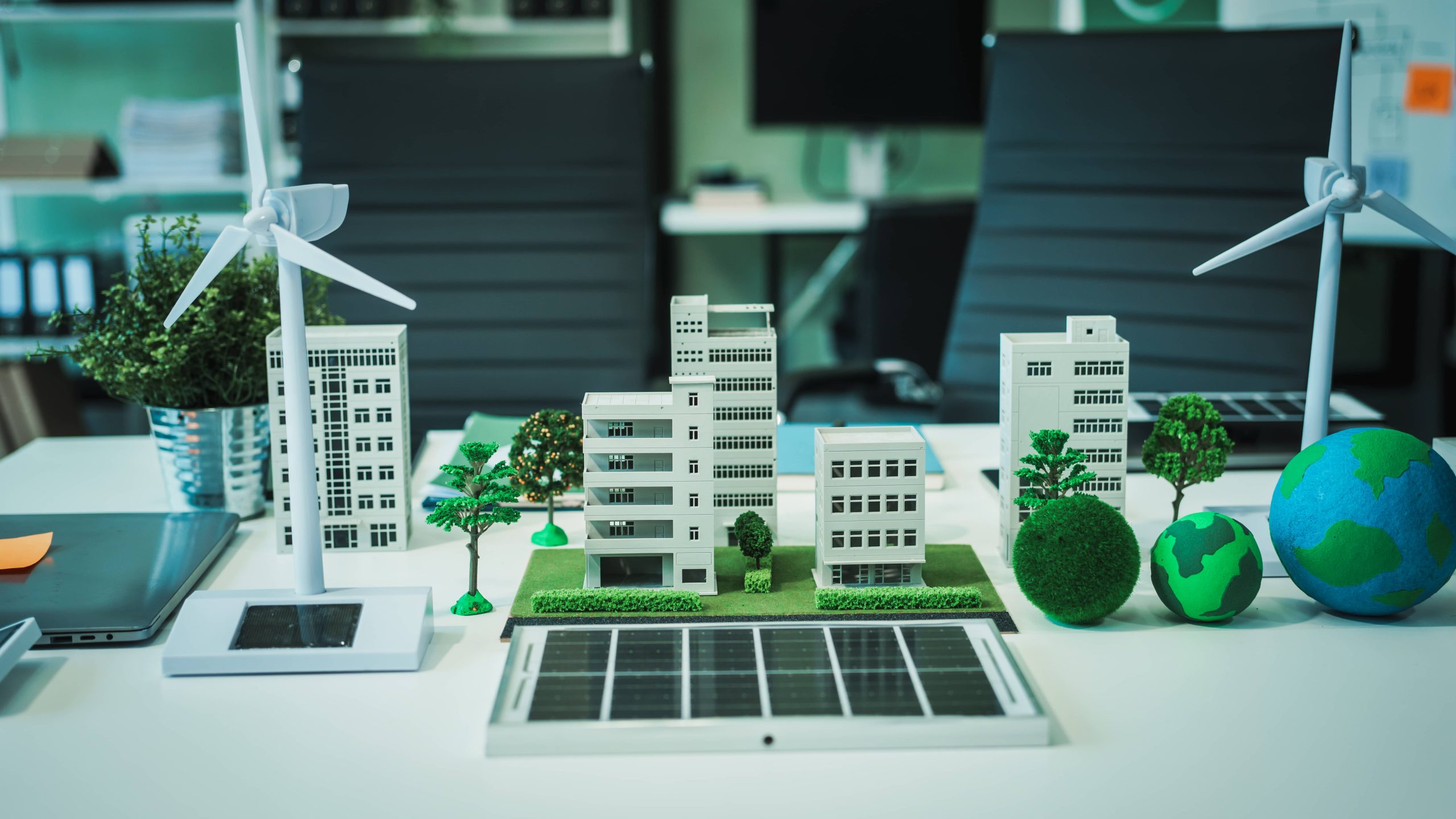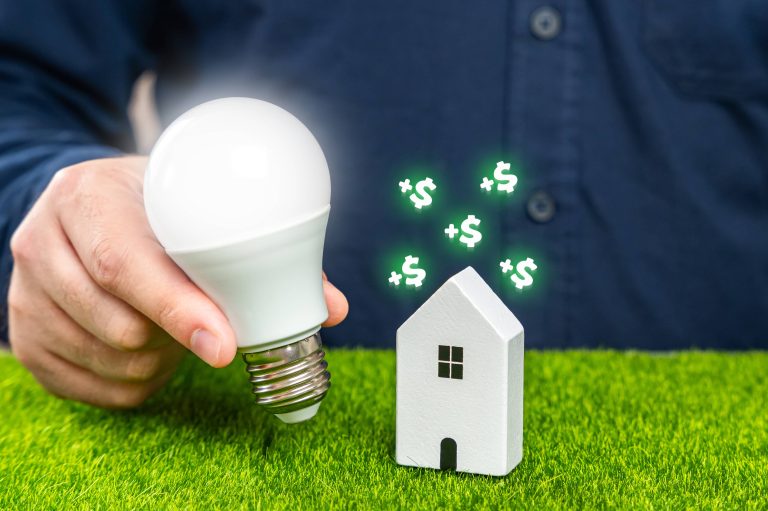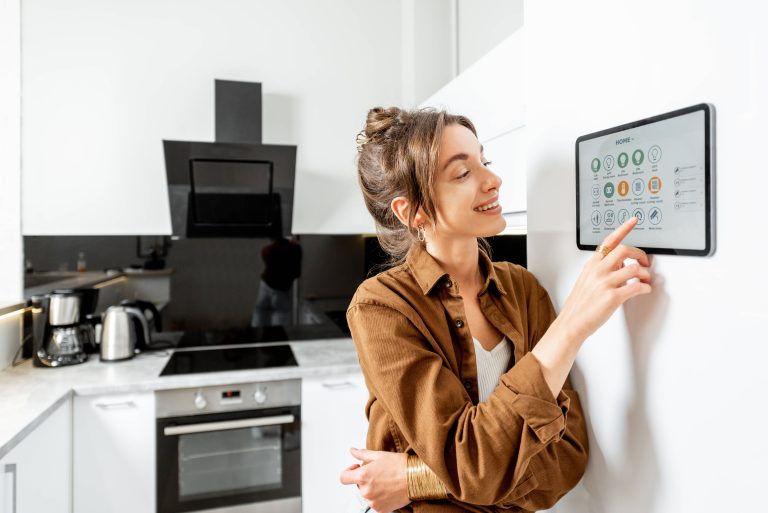
Optimizing Your HVAC System with Smart Sensors
In our relentless pursuit for energy efficiency and sustainability, the importance of an optimized HVAC (Heating, Ventilation, and Air Conditioning) system cannot be overstated. Your HVAC system is critical in maintaining comfort within your home or office, but it can also be a significant source of energy consumption. Fortunately, advancements in technology offer us innovative solutions to minimize this consumption without sacrificing comfort. One such advancement is the integration of smart sensors into your HVAC system. These devices can transform the way your HVAC system operates, leading to substantial energy savings and a more sustainable lifestyle.
Understanding Smart Sensors
Smart sensors are small, intelligent devices that detect changes in the environment and communicate this information to other devices, like your HVAC system. They can monitor various environmental parameters such as temperature, humidity, occupancy, and air quality. These sensors gather real-time data, which can be used to make informed decisions and adjustments to optimize the performance of your HVAC system.
Temperature and Humidity Sensors
One of the primary uses of smart sensors in HVAC systems is the monitoring of temperature and humidity levels. Traditional thermostats are often limited to a single point of measurement, which can result in uneven heating or cooling across different areas of a home or building. Smart sensors, however, can be placed in multiple locations to provide a more comprehensive understanding of your environment.
With this data, your HVAC system can make more precise adjustments, ensuring that each room maintains the desired temperature and humidity levels. This precision not only enhances comfort but also reduces energy waste. For instance, if a room is unoccupied and does not require heating or cooling, the system can adjust accordingly, conserving energy.
Occupancy Sensors
Occupancy sensors are another crucial component in the optimization of HVAC systems. These sensors detect the presence of people in a room and can signal your HVAC system to adjust its settings accordingly. For example, if a room is unoccupied, the system can reduce heating or cooling efforts to save energy. Conversely, when a room becomes occupied, the system can quickly adjust to provide the necessary comfort.
By ensuring that your HVAC system only works when needed, occupancy sensors can lead to significant reductions in energy consumption. This not only lowers your energy bills but also contributes to reducing your carbon footprint.
Air Quality Sensors
Indoor air quality is another critical aspect of a healthy and comfortable living environment. Smart air quality sensors can detect pollutants and allergens, such as dust, pollen, and volatile organic compounds (VOCs). When these sensors detect poor air quality, they can signal your HVAC system to increase ventilation or filtration to improve indoor air quality.
By maintaining optimal air quality, smart sensors can help prevent health issues and contribute to overall well-being. Furthermore, an HVAC system that responds dynamically to air quality changes operates more efficiently, further enhancing energy savings.
Integration with Smart Home Systems
One of the most significant advantages of smart sensors is their ability to integrate with other smart home systems. By connecting your HVAC system to a central smart home hub, you can create a seamless and interconnected network where various devices work together to optimize your home’s performance.
For instance, you can program your smart thermostat to adjust the HVAC settings based on data collected from temperature, humidity, occupancy, and air quality sensors. Additionally, smart sensors can work in conjunction with smart blinds or shades, which can be programmed to open or close based on the sun’s position, helping to regulate indoor temperature naturally.
Predictive Maintenance
Another significant benefit of smart sensors in HVAC systems is their ability to predict and prevent potential issues before they become major problems. By continuously monitoring performance metrics, smart sensors can detect anomalies or signs of wear and tear. This early detection can prompt timely maintenance or repairs, preventing costly breakdowns and extending the lifespan of your HVAC system.
Predictive maintenance not only ensures that your system operates efficiently but also helps reduce energy consumption. An HVAC system that is regularly maintained and optimized uses less energy, translating to lower utility bills and a more sustainable home.
Real-time Data and Analytics
Smart sensors provide an abundance of real-time data that can be analyzed to gain insights into your HVAC system’s performance. Many smart sensor systems come with accompanying apps or software that allow you to view this data and make adjustments as needed. With access to detailed analytics, you can identify patterns in your energy usage, discover areas for improvement, and make informed decisions to enhance energy efficiency.
For example, if you notice that certain rooms consistently require more heating or cooling, you can investigate potential causes such as poor insulation or air leaks. Addressing these issues can lead to more efficient HVAC operation and greater energy savings.
Conclusion
Incorporating smart sensors into your HVAC system is a powerful step toward achieving energy efficiency and sustainability in your home. These intelligent devices provide valuable data and insights, enabling your HVAC system to operate more efficiently and effectively. From monitoring temperature and humidity to detecting occupancy and air quality, smart sensors enhance comfort while reducing energy consumption.
By leveraging the capabilities of smart sensors, you can optimize your HVAC system, lower energy bills, and contribute to a more sustainable future. Embrace the technology and start experiencing the benefits of a smarter, greener home today.







